This is the 2019 Prairie Winter boots recommendation edition.
Canada Post Deliver Agents work in a variety of weather conditions and in every season. For many, over 5 hours a day is spent in the great outdoors.
The conditions mean that a delivery agent must continually adjust their gear.
The Canada Post Corporation supplies almost all of the equipment except for boots and gloves. They provide an allowance for each employee to buy these pieces.
This article covers winter boots for the Prairie region–an area that is particularly harshly cold for two months (-30 to -50 celsius including windchill) and slippery during winter.
Every Delivery Agent has their own advice for their particular situation. The following are some general observations on boots that seem popular with most Delivery Agents.
One must also keep in mind what kind of delivery situation the agent is confronted with. If one is delivering door to door, there is less need for warmth and more emphasis on lightness and speed. If the focus is on apartments, the lightest boot and gloves will suffice. If a person is delivering to Community Mail Boxes, then the warmest gear available is important and lightness is not a great factor.
Don’t forget as well, no matter how good the boot is, Canada Post requires all Delivery agents to wear, or have in their possession, get-a-grips. These are slipons over the regular boots that significantly increase traction on snow and especially ice. These are supplied by Canada Post.
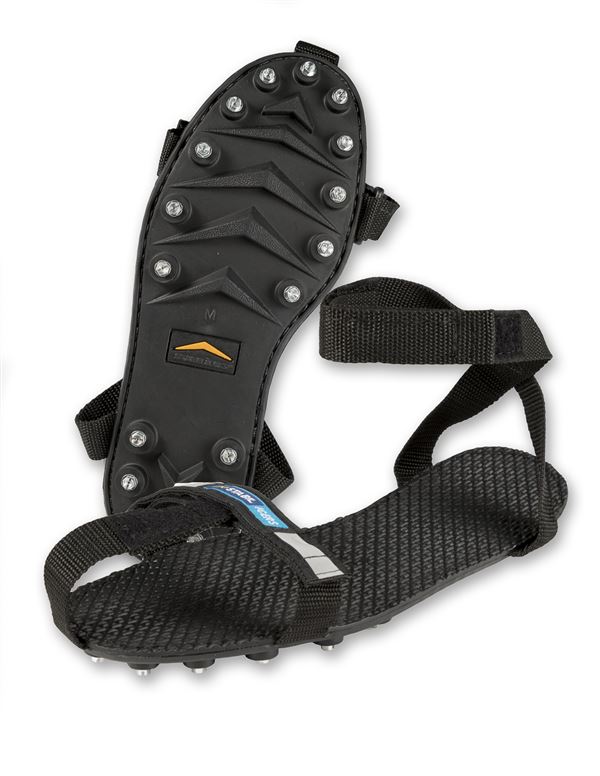
Boots
Canada Post is recommending any boot purchased have a snowflake rating, good traction and appropriate ankle height. They recognize the amount of increasing injuries are partially related to improper footwear. Steel toe boots are not required for Delivery Agents in the majority of cases. There are some exceptions where they are required. Prairie Delivery Agents are wary of steel toe boots because of the perceived opportunity for frostbite.
Waterproof boots are a must. Even though most brands have a waterproof tag on them, does not always infer they are waterproof. Some are only waterproof on major portions while the tongue is not. Others declare waterproof for only small times of exposure. Some inferior brands wear down very quickly and leak. Usually any boot listed with a Gortex waterproof membrane is a safe bet. It costs more but this usually means the boot is of higher quality.
Also the construction of the sole is very important. Cheap boots will provide inferior soles. Good ones will absorb your steps better and provide much more comfort by the end of the day. Any sole with a Vibram logo on it means they are well-built. For new Delivery Agents buying winter boots, the recommendation is not to go cheap. Not only are expensive boots more comfortable, they last much longer. They are cheaper in the long run.

Proper fitting is a must. Any boots, no matter how good they are, if they fit too tight in length, width, or height, can cause your feet to quickly feel cold or freeze.
Door-to-Door recommended boots
There are two brands that stand out for quality, warmth, stability, and durability for door to door delivery agents. Keen and Merrell.
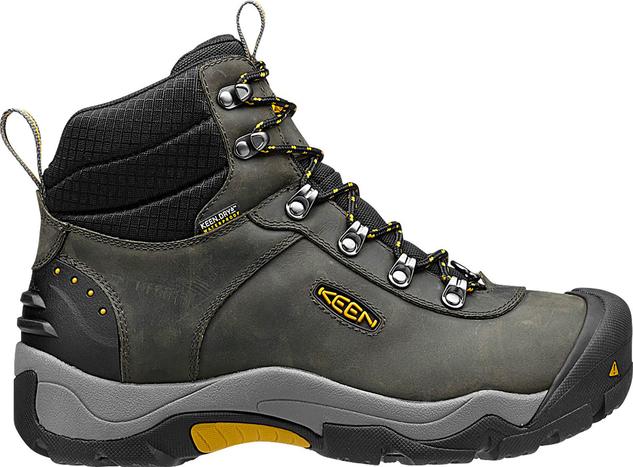
The above is just a sample. Please be aware that all footwear styles change quickly for a variety of reasons. Ask your footwear specialist for the recommended shoe for your situation. Many footwear companies are familiar with Canada Post Delivery Agent needs. Look for discount specials for Canada Post employees. In most communities, there should be a company that offers a discount. You should not be paying full price. The Canada Post employees portal may provide information for businesses supplying a discount in your area.
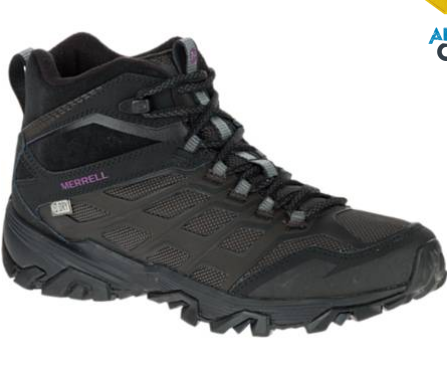
Merrell is an excellent combination of lightness, stability, and durability. I prefer Merrell over Keen while a workmate loves Keens and never would buy a Merrell. They are so close in quality that it comes down to personal preference
Both boots have an excellent ankle height. Good for stability but not too high to slow you down or cause discomfort. If the snow is higher than the ankle line, then gaiters are recommended. These are supplied by Canada Post or you can purchase them through a local hiking store.
The North Face also produces some good winter boots, though they change their product line quickly. This turnover makes it hard to recommend a line of their boots.
No matter what boot you choose, make sure you talk to a shoe specialist and test them outside of work first. These recommendations are not scientific truths, only observations. You are responsible for making sure your feet are safe and warm during the winter. Take no chances.
Community Mail Box recommended boots
Standing still and delivering to Community Mail Boxes is a completely different scene altogether. Your body can never warm up, so light hiker boots will not work in extreme temperatures. You need a boot rated for minus 70 degrees Celsius.
Sorel and Baffin boots are the preferred choices.

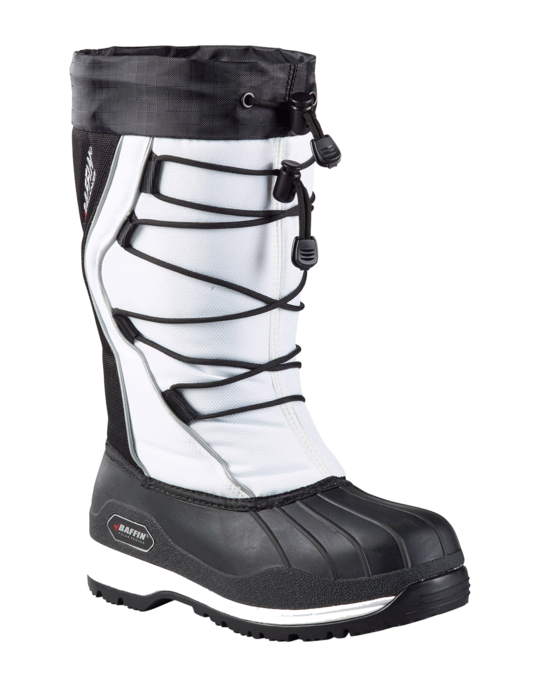
A high boot is not necessary. You can get shorter ones. However, meeting the -70 demand is imperative.
Conclusion
Hopefully, this short overview helps those new Delivery Agents to Canada Post make a good choice for winter boots in the Prairie region. This may assist others too who are avid hikers or outdoors people in their choice as well.
Comments
Loved my Keens. Worked in Winnipeg for eighteen years. The cold wasn’t bad as long as you kept moving. Community mailboxes make cold winters colder. — Gabriele G.
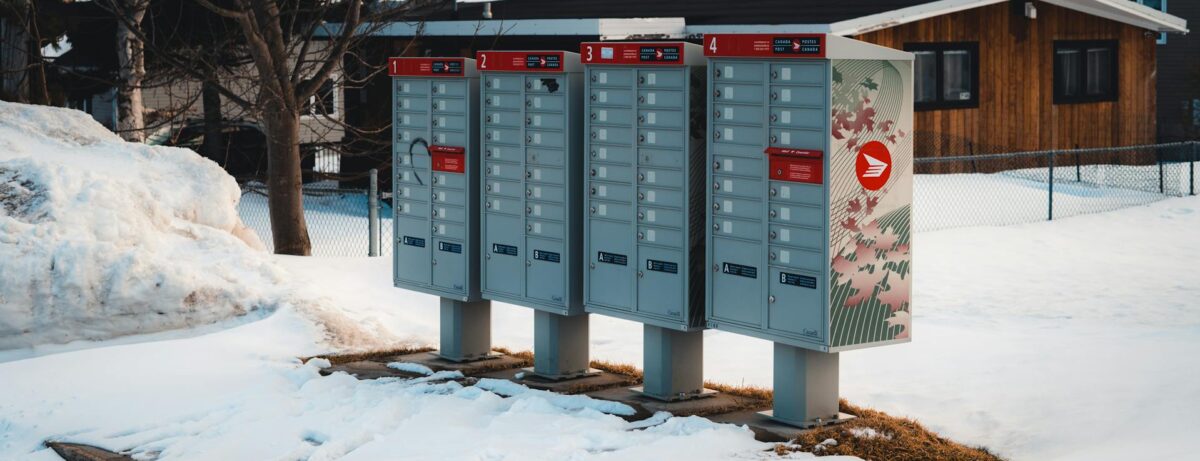
Standing still outside sorting mail into CMBs present certain problems not encountered with door-to-door walking mail delivery .
Walking keeps the circulation going so cold feet and hands are not normally a problem.
Standing at a CMB can result in VERY cold fingers and toes. Feelings of sharp pain and numbing are not unusual.
One solution for feet are layered socks. Base sock made of polypropylene to wick moisture. Cycling socks. Second one being an insulating type.
That is normally not enough. Many buy and use heated insoles. Heated insoles can be VERY expensive and come with remote controls but if one shops carefully online can be had for much less. Heated insoles do not warm to the point your feet get warm/hot, they merely keep feet from experiencing aching cold.